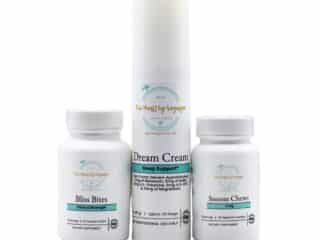
There is still debate as to whether talc is in itself carcinogenic as it has a lot of similar qualities to asbestos. Talc is powdered down from a rock which results in a lot of small fibers, it is the small fibers in Asbestos which when breathed into the lungs can trigger cell mutations which lead to cancer. Removing talc from the global market would be inconvenient and expensive. In fact, even asbestos which is undoubtedly a cause of cancer is not off the market entirely although there are many laws and regulations around it. Despite this, the European Union has already taken the step to ban talc in health and beauty products and Johnson & Johnson has changed its main ingredient in its baby powder from talc to corn-starch.
There are many people who have already been exposed to talc for a long time. Many women used it as a feminine hygiene product and have won lawsuits against Johnson and Johnson whose talcum powder was found to contain asbestos. These women believe that the powder is the cause of their ovarian cancer. Parents have also been using it on their children to prevent nappy-rash or to dry children off when they get out of the bath or shower.
Other people at risk are those who work with talc. These could be people working in factories, mines or construction as well as pharmaceutical workers, chemical and plastic workers, and papermakers. During the asbestos crisis, it was shown that even second-hand exposure was dangerous, therefore the widespread use of talc is concerning. In any of these industries, health and safety measures should be of the utmost importance.
Although it is not yet proven that talc in itself is carcinogenic, several studies are still underway. More research needs to be done over a longer time frame with more people. There have been studies on miners of talc powder and there is concern that it could increase their risk of lung cancer. Mesothelioma, which is the primary cancer associated with asbestos is also a concern for people who work with cosmetic-grade talc. Finally, ovarian cancer is a concern for women who have used talc as a feminine hygiene product over a prolonged period of time.
Overall, the evidence is still unclear. Despite this, many lawsuits have been won and action is beginning to be taken. The best thing you can do is avoid talc. There are many alternatives such as corn-starch and baking soda which can be used instead. Therefore, it is simply not worth the risk.






